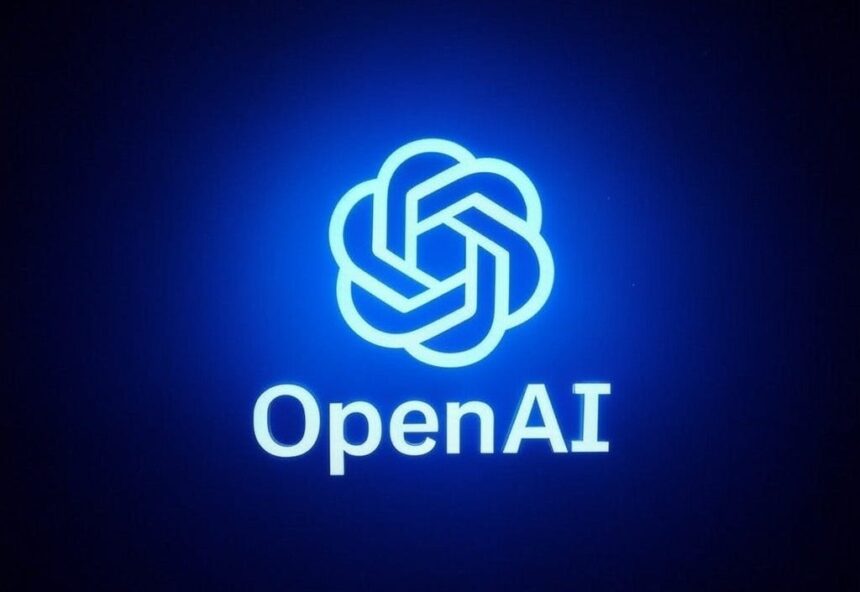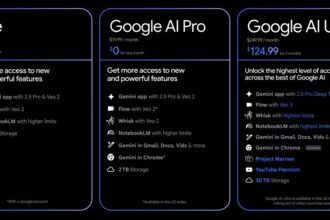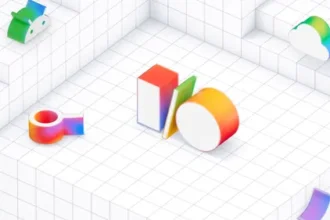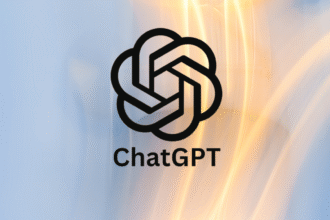After a five-year break from releasing anything that’s truly downloadable, OpenAI is preparing to release an open-weights “reasoning” model early this summer.
TechCrunch’s sources say OpenAI isn’t just after benchmark scores. The new model is being engineered to sense its own limits and, when it hits them, seamlessly hand off the heavy lifting to more powerful models running in OpenAI’s cloud.
Why this matters
1. A return to real openness – Since GPT-2, virtually every new OpenAI model has been pay-to-play behind an API.
Offering downloadable weights again could rekindle grassroots experimentation that’s lately centered on Meta’s Llama family and challengers like DeepSeek-R1.
2. A hybrid architecture – Internally nicknamed “handoff,” the feature would let the local model route especially tough queries to more capable proprietary models.
Think Apple Intelligence’s on-device + private-cloud split, but for everyone with a GPU and an internet link.
3. A funnel into the paid ecosystem – Each cloud call would flow through the OpenAI API, opening a new revenue stream while luring open-source developers into premium territory.
READ ALSO: OpenAI’s next “open” model may lean on the cloud for extra brain-power
How the handoff could work
Trigger detection – When the on-device model hits a confidence or complexity threshold, it packages the prompt and send it to the cloud.
Optional tool access – Sources say it might also reach out to other OpenAI tools (web search, image generation), but that’s still undecided.
Plan limits – Pricing, rate caps, and privacy safeguards are yet to be determined. OpenAI is still collecting developer feedback and could change course before launch.
| Player | Model style | Unique hook | Where OpenAI sees an edge |
|---|---|---|---|
| Meta | Llama 3 | Fully open, huge community | Beat it on reasoning with cloud assists |
| DeepSeek | R1 | Good at math & code | Outperform on multi-step logic tasks |
| Apple | Apple Intelligence | Seamless on-device/remote blend | Bring the same idea to all hardware |
OpenAI is training this new model from scratch rather than re-using an older checkpoint, aiming to slot it somewhere between its flagship “o3” family and smaller community models.
Early targets suggest it should outrun DeepSeek-R1 but lag behind o3 on raw capability.
READ ALSO: OpenAI Says It Would Consider Buying Chrome if Google Is Forced to Sell
Questions most are likely to ask
1. Will the license stay permissive? An Apache- or MIT-style license plus an optional paid add-on would be a first for OpenAI.
2. How transparent is the handoff? Users will want to know when their data leaves the device.
3. Can third-party clouds join? If OpenAI lets developers plug in their own endpoints, the ecosystem could explode, or maybe not.
4. Does “open” still mean safe? The company’s recent focus on biorisk monitoring hints at stricter policy layers even in local models.
OpenAI’s upcoming model isn’t just an altruistic nod to open-source; it’s a calculated bridge—handling roughly 80 % of requests locally for free, then quietly upselling the toughest 20 % to its premium cloud backend.
If the execution matches the vision, it could redraw the line between “open” and “closed” AI—and make hybrid AI the new default for everyone.














